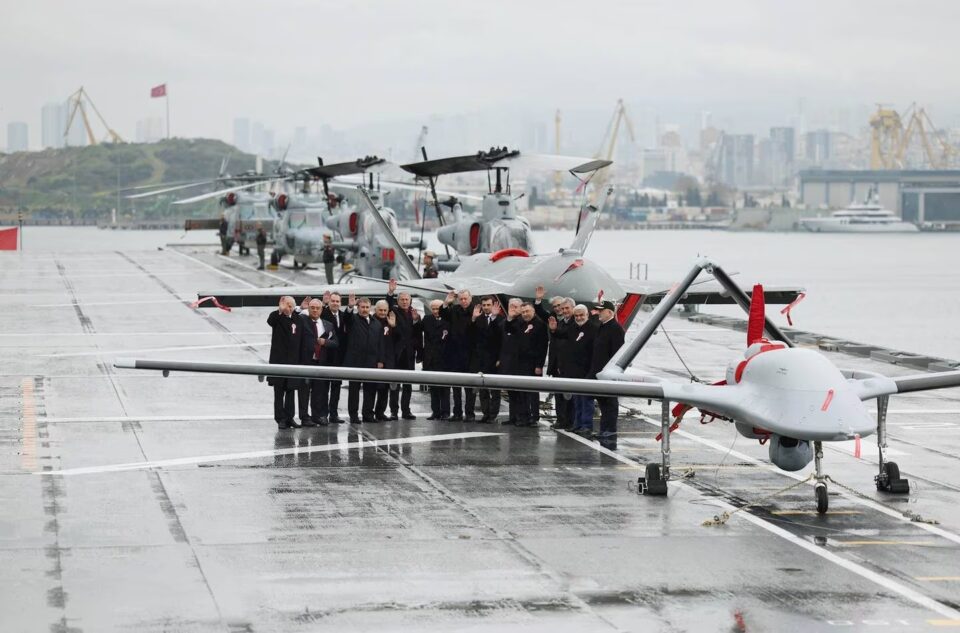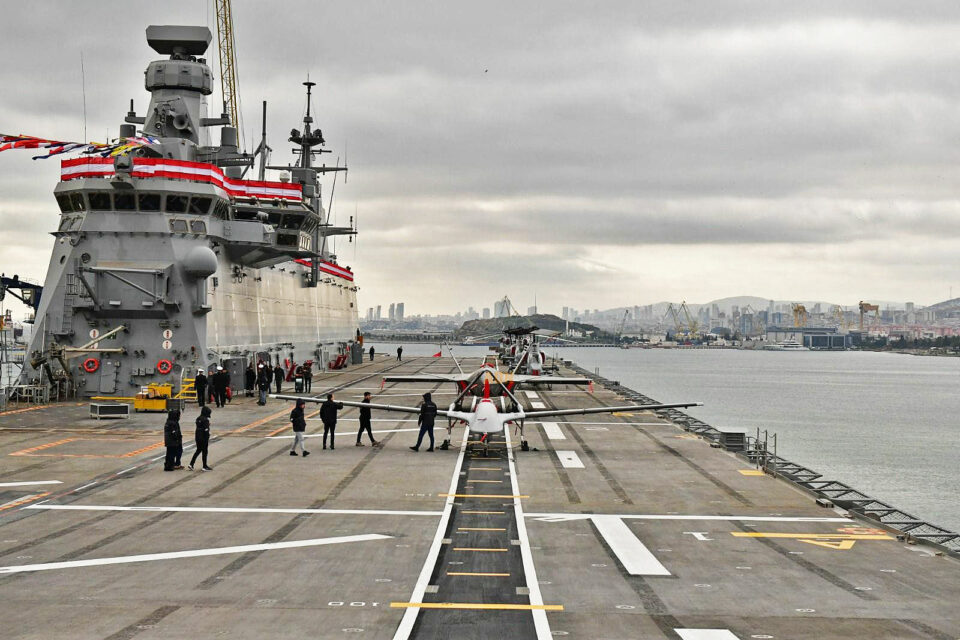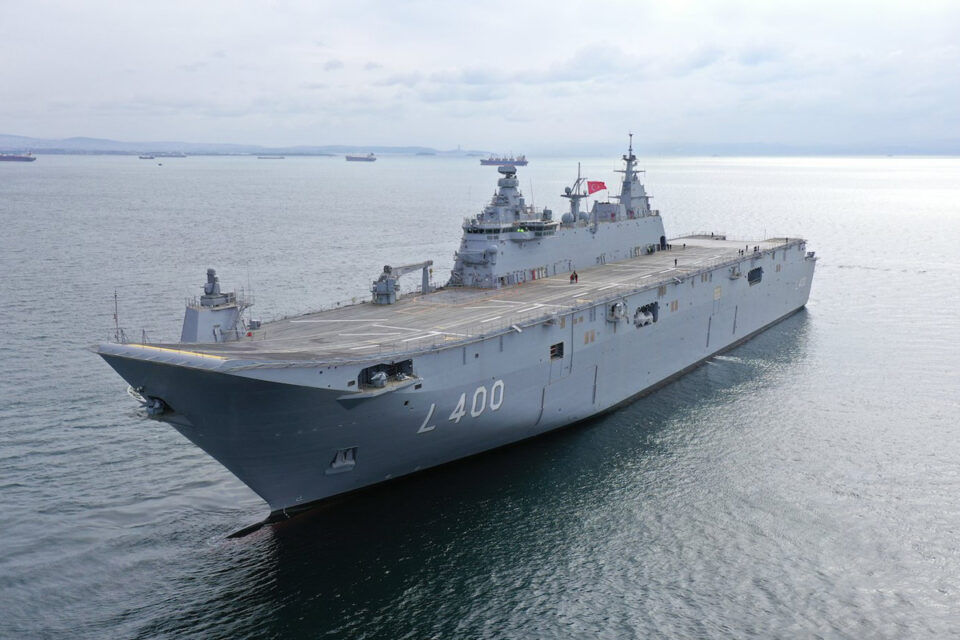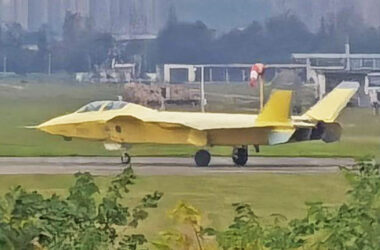The Turkish Navy has unveiled its new and largest warship, the TCG Anadolu. Also classified as an amphibious assault vessel, the ship is the first aircraft carrier incorporated by the country’s navy, but instead of manned aircraft it will launch drones.
The 27,436-tonne, 231-meter-long vessel was commissioned on April 10, in a ceremony attended by the country’s authorities, including Turkish President Recep Erdogan.
On the flight deck, in addition to Bell AH-1 Cobra attack helicopters, were Bayraktar and Kizilelma drones, both designed and built by Turkish manufacturer Baykar Technology.
The two unmanned aircraft will be Anadolu’s combat and surveillance long arms, which is also capable of receiving operations from heavy and attack helicopters – in addition to the 1,200 crew and up to 150 armored vehicles.

Costing around US$ 1 billion, the Anadolu is a Juan Carlos I class ship designed by the Spanish shipyard Navantia, which started the construction of the vessel in 2016 in the port of Istanbul in partnership with the Turkish company Sedef. Ankara is still planning to purchase a second aircraft carrier of the same type, the TCG Trakya.
Drone carrier by chance
The Turkish Navy’s original plan was to employ a Lockheed Martin F-35B Lightning II fighter aboard Anadolu, capable of performing short takeoffs and vertical landings. The fighters would take off from the vessel with the aid of a ramp, a system known as ski-jump.

However, the contract to have the F-35B on board the new vessel ended up frustrated in 2019 after Turkey was withdrawn by the United States from the multinational Joint Strike Fighter program, which involves nations that produce the F-35. Washington’s decision was taken after Ankara acquired S-400 air defense systems from Russia.
Follow ADN: Instagram | Twitter | Facebook
Without compatible fighter jets to operate in Anadolu, the Turkish Navy found in locally produced drones an alternative to having fixed-wing aircraft on board the vessel.
Although officially commissioned, the Turkish aircraft carrier will still undergo a series of tests before being declared fully operational, which should occur in 2024.







